Best Dividend Kings for Decades of Dividend Growth
Dividend Kings are the crème de la crème of dividend growers and should be top of mind for any investor who puts income stability above all else.


Dividend Kings are a unique class of stock that offers investors a phenomenal track record of annual dividend increases.
These elite members have a few more years of dividend increases under their belts than the Dividend Aristocrats.
Dividend Aristocrats are companies in the Standard & Poor's 500-stock index that have raised payouts once a year for 25 years running.
Dividend Kings, meanwhile, must have a minimum of 50 consecutive years of uninterrupted annual dividend hikes.
And many but not all Dividend Kings are members of the S&P 500.
The appeal of Dividend Kings should be obvious amid surges in volatility and uncertainty we've seen through 2025.
"Shares in companies that raise their payouts like clockwork decade after decade can produce superior total returns (price change plus dividends) over the long run, even if they sport apparently ho-hum yields to begin with," writes Kiplinger contributor Dan Burrows in his feature on the best dividend stocks for dependable dividend growth.
Additionally, firms that consistently increase their dividends signal to investors that their balance sheets are strong and management's near-term outlook is promising, write John Eade, president and director of portfolio strategies, and Jim Kelleher, director of research at Argus.
With half a century of increasing distributions, Dividend Kings have a great track record that adds a layer of stability in an otherwise uncertain market environment.
Nothing is ever certain on Wall Street, but these are six of the best stocks to buy for dividend growth.
The names featured here are longtime leaders with more than 55 years of dividend increases, making them more trustworthy than your typical income investment.
And one pick has a track record of 70 straight dividend hikes!
Dividend yields are calculated by annualizing the most recent payout and dividing by the share price. Dividend history based on company information and S&P data.
Data is as of November 10.
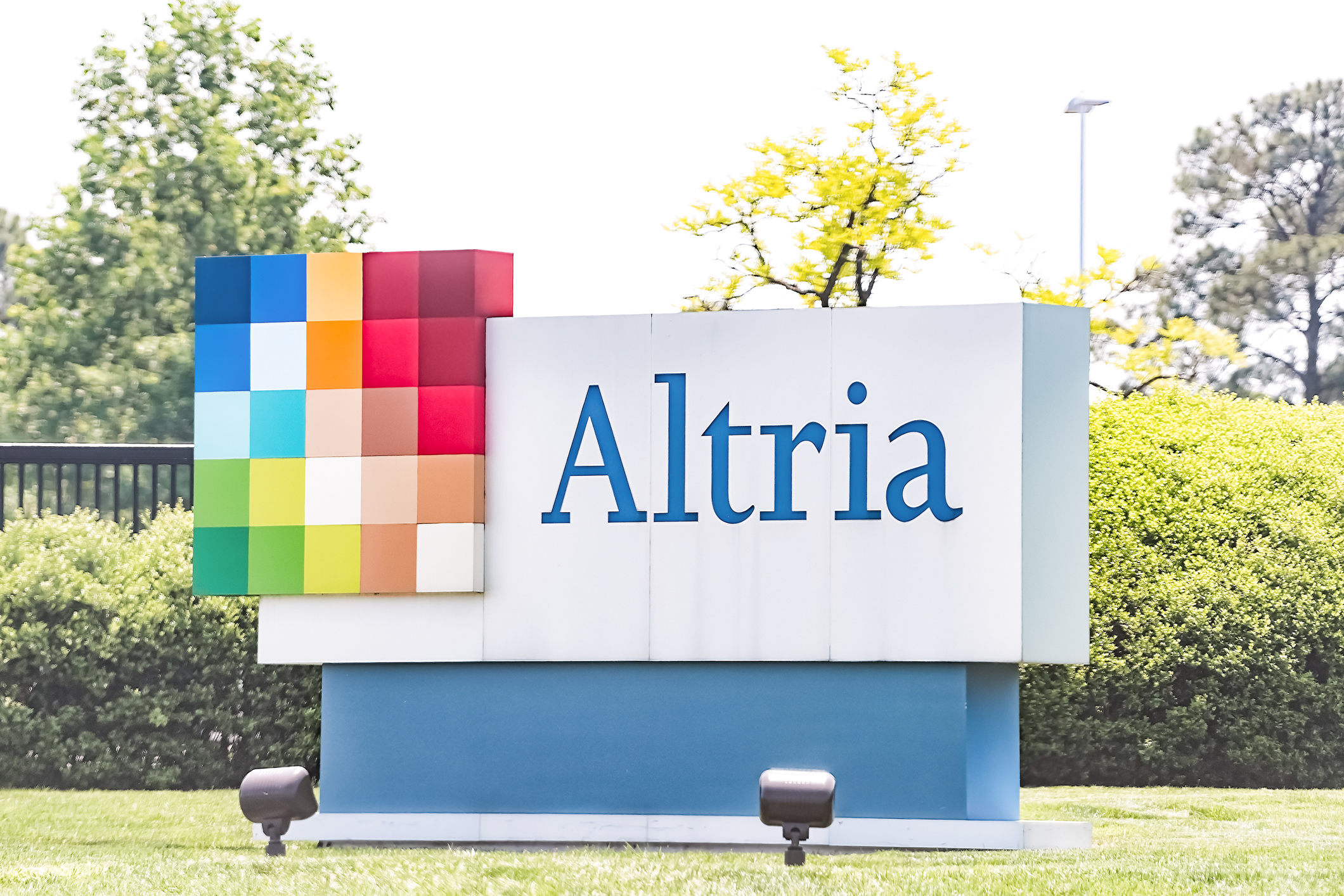
Altria
- Sector: Consumer discretionary
- Market value: $96.6 billion
- Consecutive dividend increases: 60
- Dividend yield: 7.4%
All dividend investors should know and love Altria Group (MO). The tobacco giant has a tremendous track record of 60 straight dividend increases in the past 55 years. And it yields a mammoth 7.4%, more than six times the S&P 500.
Altria owns the companies behind such products as Marlboro cigarettes, Black & Mild pipe and cigar products, and Copenhagen smokeless tobacco.
MO might not be a growth darling, but it is regularly near the top of the list of stocks with the highest dividend yields in the S&P 500 because of generous and reliable payouts.
With big brands – and, bluntly, an addictive product – Altria sees steady sales even during times of market stress. That makes this Dividend King a lower-risk option for income investors looking for high yield and low volatility over the long haul.
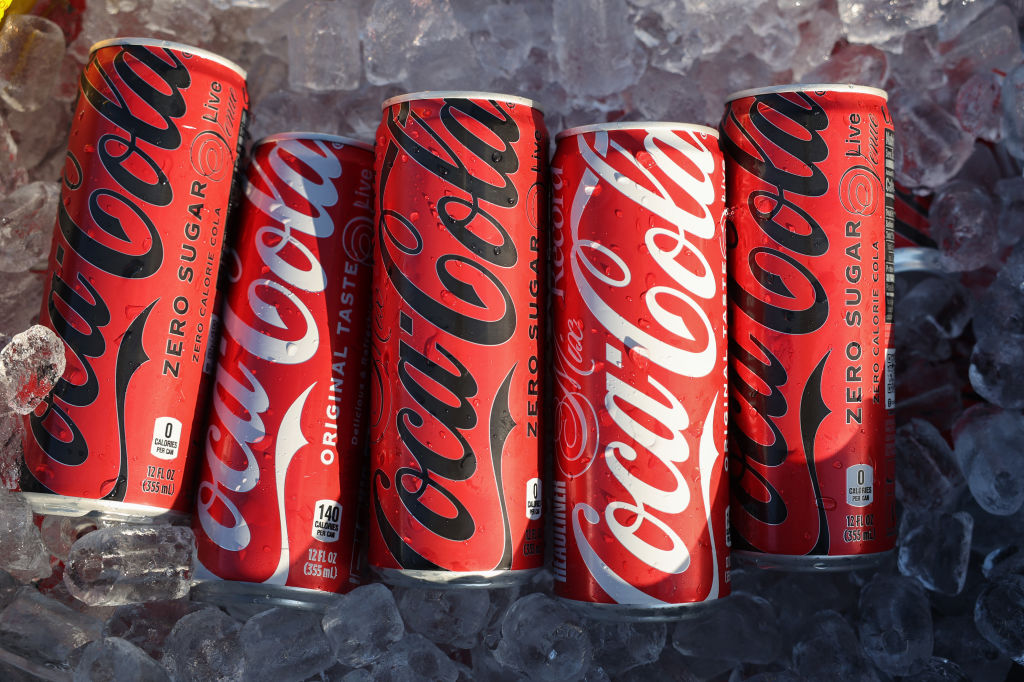
Coca-Cola
- Sector: Consumer staples
- Market value: $303.4 billion
- Consecutive dividend increases: 63
- Dividend yield: 2.9%
Consumer staples stocks are lower-risk options for investors because they aren't prone to the ups and downs of discretionary companies when family budgets tighten up.
And when it comes to staples, Coca-Cola (KO) is a powerhouse that's hard to top. As proof, it recently declared its 63rd consecutive annual dividend hike in February, boosting its payout by more than 5%.
The Atlanta-based beverage company has a global scale with more than 130 years of operating history and operations in 200 nations.
While it's true that sugary soft drinks might not be a growth business in an age of healthier eating, Coke products have strong baseline demand.
It's also hedging its bets with brands that include Vitaminwater, Fuze tea, Powerade energy drinks, Minute Maid juices, and many more. When consumers eat out less, comfort foods and groceries tend to see a bump.
If that's not enough, Warren Buffett's Berkshire Hathaway (BRK.B) is KO's largest shareholder. And there's a big argument for share price stability thanks to broad institutional support.
All that means is that it's hard to imagine this Dividend King ending its long history of dividend growth anytime soon.
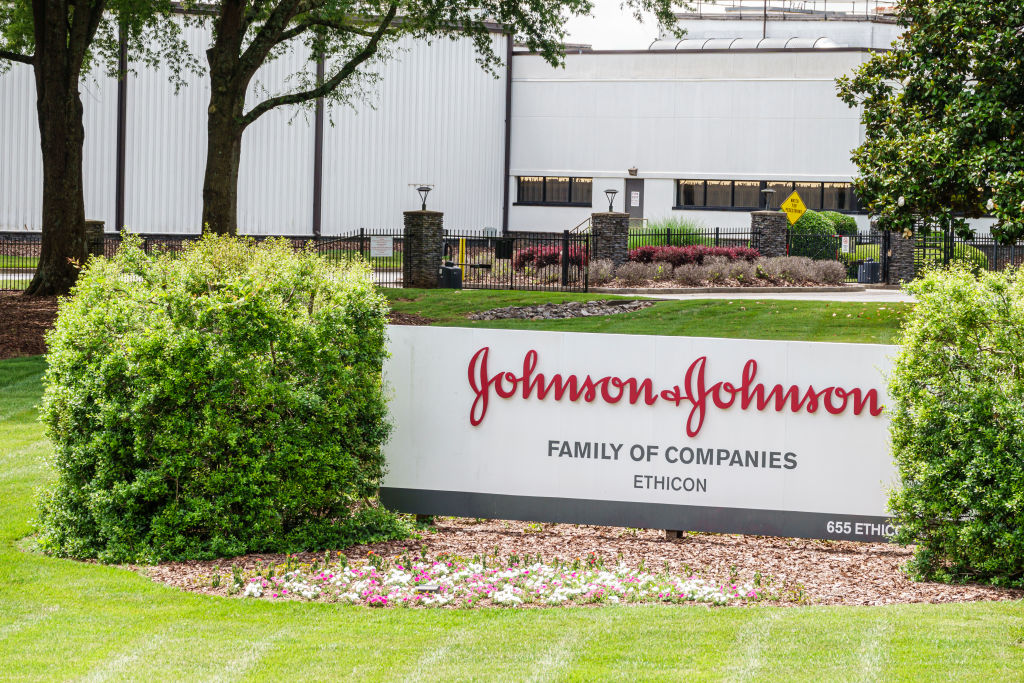
Johnson & Johnson
- Sector: Health care
- Market value: $453.9 billion
- Consecutive dividend increases: 63
- Dividend yield: 2.8%
In April, Johnson & Johnson (JNJ) declared its 63rd consecutive dividend increase, hiking its payout by nearly 5%. This keeps an important streak alive for the Dow Jones stock, which became a leaner company following the 2023 spinoff of Kenvue (KVUE), its consumer health business.
Even after the separation, Johnson & Johnson is still one of the 25 largest U.S. companies by market cap. It's also one of just two companies in the S&P 500 with an AAA rating for its credit. Tech giant Microsoft (MSFT) is the other.
This blue chip dividend stock has a long track record of dividend growth, proving its staying power and a long-term commitment to sharing profits with shareholders.
Moving forward, the decision to streamline the business to focus on its core prescription and medical devices segments will ensure a strong future for JNJ.
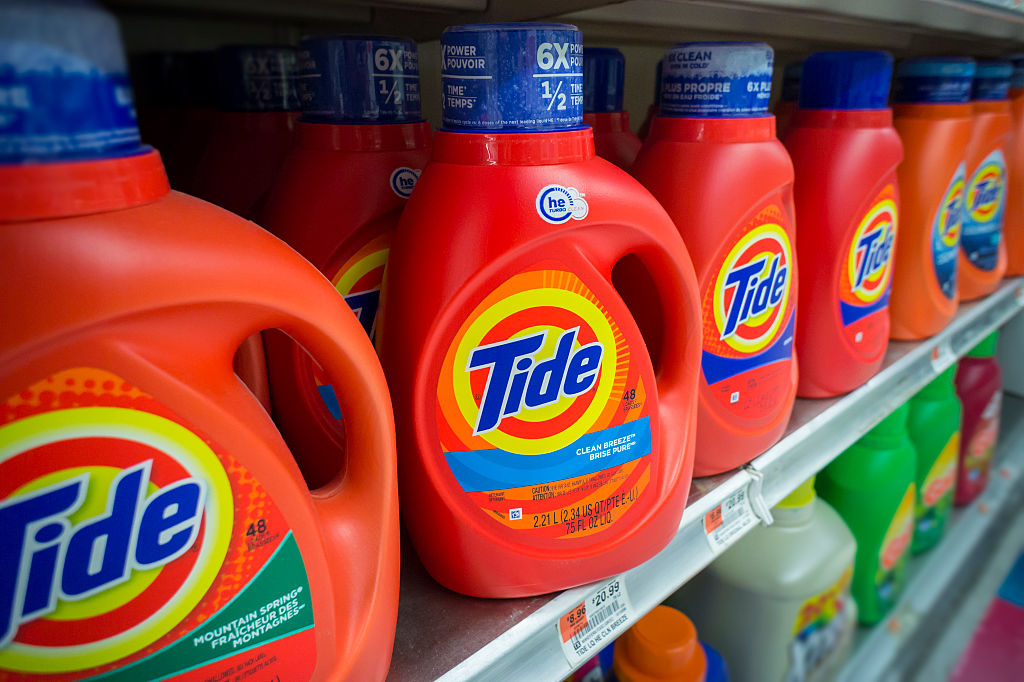
Procter & Gamble
- Sector: Consumer staples
- Market value: $340.0 billion
- Consecutive dividend increases: 69
- Dividend yield: 2.9%
When it comes to mainstays of U.S. households, consumer products icon Procter & Gamble (PG) is perhaps top of mind for most investors.
The Cincinnati-based firm has been around since 1837, making it one of the oldest U.S. companies out there. And it has 69 straight years of dividend increases under its belt.
With a diversified operation that produces Gillette shaving products, Tide and Downy detergents, Crest dental products, Bounty and Charmin paper products, and a host of other goods, it's likely most of us have a handful of P&G-made items in our cupboards right now.
But it's not just U.S. shoppers who are loyal to this global brand. Procter & Gamble operations span 70 countries worldwide.
Shares don't always blow your hair back with big gains, but it's the long-term income potential that keeps many investors in it for the long haul.
And thanks to Procter & Gamble's reliable sales and broad diversification, there's a very good chance of additional dividend growth regardless of short-term stock performance on Wall Street.
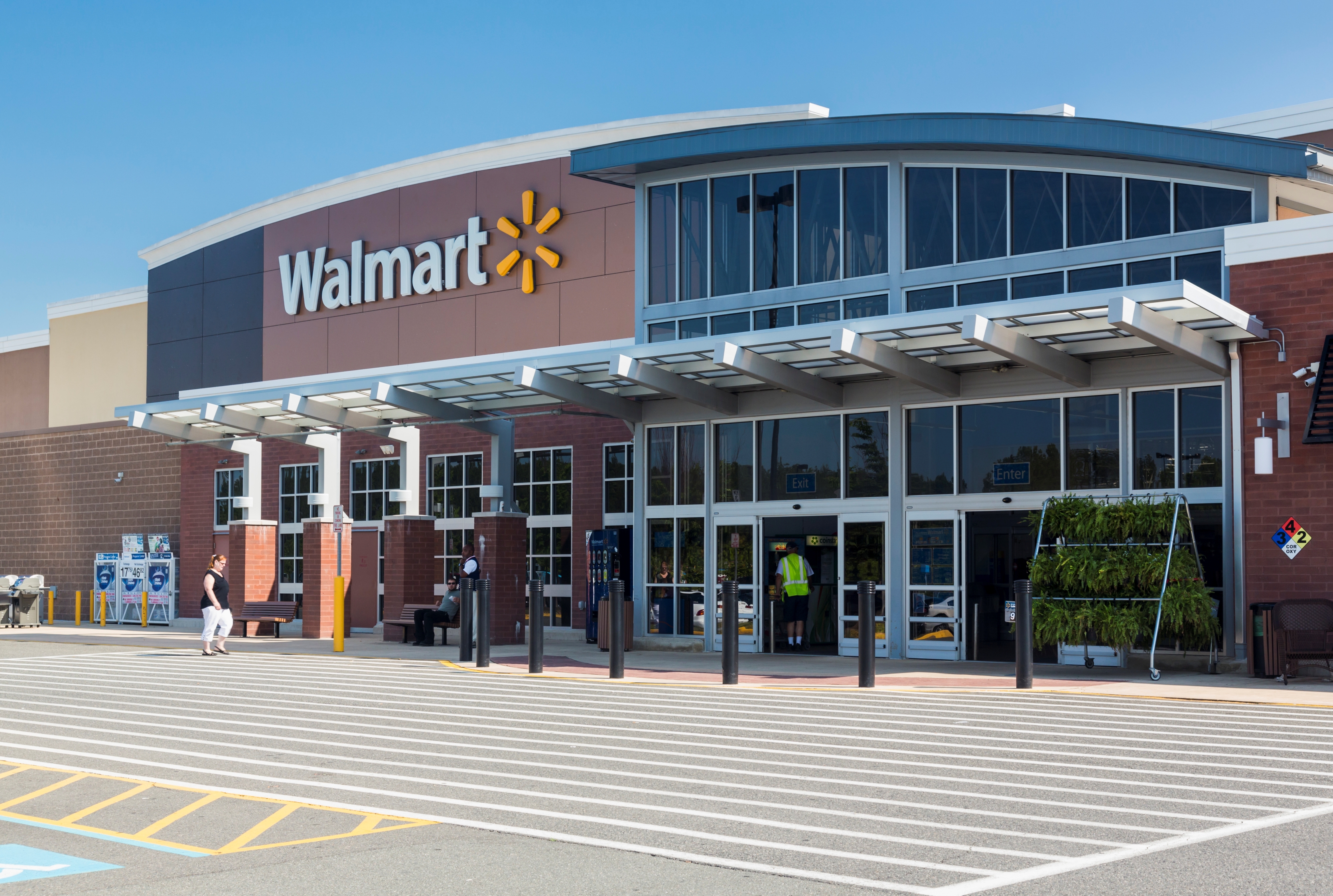
Walmart
- Sector: Consumer staples
- Market value: $816.6 billion
- Consecutive dividend increases: 52
- Dividend yield: 0.9%
With more than 10,000 stores worldwide, Walmart (WMT) is a retail giant with a scale that no other company can match. This gives it reliability that investors can trust, as evidenced by a streak of 52 consecutive years of dividend increases after an impressive 13% boost this April.
In many small towns across America, Walmart is the largest shopping destination as well as the biggest employer. This ensures it is deeply ingrained in the American economy.
There isn't breakneck growth ahead through store expansions, given the company's massive reach. However, the firm is accelerating its omnichannel strategy, having grown its e-commerce sales by double-digit percentages in each of the past 14 quarters.
The uncertainty around President Donald Trump's tariff policies creates some risk with the blue chip stock.
But given its five decades of dividend growth, investors should find some comfort in the fact that Walmart management knows how to weather short-term disruptions in order to deliver long-term dividend growth.

American States Water
- Sector: Utilities
- Market value: $2.9 billion
- Consecutive dividend increases: 70
- Dividend yield: 2.7%
American States Water (AWR) is much smaller than the other names on this list of the best Dividend Kings, but the utility is worth including because of its best-in-class record.
Indeed, AWR has a tremendous track record of dividends that includes distributions every year since 1931 and 70 consecutive years of growth. This puts American States Water in the running for one of the companies with the longest streaks of annual increases on Wall Street.
AWR provides water and wastewater services to municipalities and military bases. The company supplies water service to roughly 265,000 end-users in California, as well as 13 military bases throughout the country through long-term contracts.
It also operates Bear Valley Electric Service which serves a fair number of customers in San Bernardino County, California, though its wastewater business is the largest revenue stream for the aptly named American States Water.
Water is as much a necessity as electricity. As a result, American States has tremendous reliability in its revenue — and consistent increases to its dividend payouts, too.
Related content
Profit and prosper with the best of Kiplinger's advice on investing, taxes, retirement, personal finance and much more. Delivered daily. Enter your email in the box and click Sign Me Up.

Jeff Reeves writes about equity markets and exchange-traded funds for Kiplinger. A veteran journalist with extensive capital markets experience, Jeff has written about Wall Street and investing since 2008. His work has appeared in numerous respected finance outlets, including CNBC, the Fox Business Network, the Wall Street Journal digital network, USA Today and CNN Money.
-
 Fed's Rate Cuts Could Have Impacts You Might Not Anticipate
Fed's Rate Cuts Could Have Impacts You Might Not AnticipateUnderstanding how lower interest rates could impact your wallet can help you determine the right financial moves to make.
-
 Past Performance Is Not Indicative of Your Adviser's Expertise
Past Performance Is Not Indicative of Your Adviser's ExpertiseMany people find a financial adviser by searching online or asking for referrals from friends or family. This can actually end up costing you big-time.
-
 I'm want to give my 3 grandkids $5K each for Christmas.
I'm want to give my 3 grandkids $5K each for Christmas.You're comfortably retired and want to give your grandkids a big Christmas check, but their parents are worried they might spend it all. We ask the pros for help.
-
 Past Performance Is Not Indicative of Your Financial Adviser's Expertise
Past Performance Is Not Indicative of Your Financial Adviser's ExpertiseMany people find a financial adviser by searching online or asking for referrals from friends or family. This can actually end up costing you big-time.
-
 I'm a Financial Planner: If You're Not Doing Roth Conversions, You Need to Read This
I'm a Financial Planner: If You're Not Doing Roth Conversions, You Need to Read ThisRoth conversions and other Roth strategies can be complex, but don't dismiss these tax planning tools outright. They could really work for you and your heirs.
-
 Could Traditional Retirement Expectations Be Killing Us? A Retirement Psychologist Makes the Case
Could Traditional Retirement Expectations Be Killing Us? A Retirement Psychologist Makes the CaseA retirement psychologist makes the case: A fulfilling retirement begins with a blueprint for living, rather than simply the accumulation of a large nest egg.
-
 I'm a Financial Adviser: This Is How You Can Adapt to Social Security Uncertainty
I'm a Financial Adviser: This Is How You Can Adapt to Social Security UncertaintyRather than letting the unknowns make you anxious, focus on building a flexible income strategy that can adapt to possible future Social Security changes.
-
 I'm a Financial Planner for Millionaires: Here's How to Give Your Kids Cash Gifts Without Triggering IRS Paperwork
I'm a Financial Planner for Millionaires: Here's How to Give Your Kids Cash Gifts Without Triggering IRS PaperworkMost people can gift large sums without paying tax or filing a return, especially by structuring gifts across two tax years or splitting gifts with a spouse.
-
 'Boomer Candy' Investments Might Seem Sweet, But They Can Have a Sour Aftertaste
'Boomer Candy' Investments Might Seem Sweet, But They Can Have a Sour AftertasteProducts such as index annuities, structured notes and buffered ETFs might seem appealing, but sometimes they can rob you of flexibility and trap your capital.
-
 AI Stocks Lead Nasdaq's 398-Point Nosedive: Stock Market Today
AI Stocks Lead Nasdaq's 398-Point Nosedive: Stock Market TodayThe major stock market indexes do not yet reflect the bullish tendencies of sector rotation and broadening participation.
-
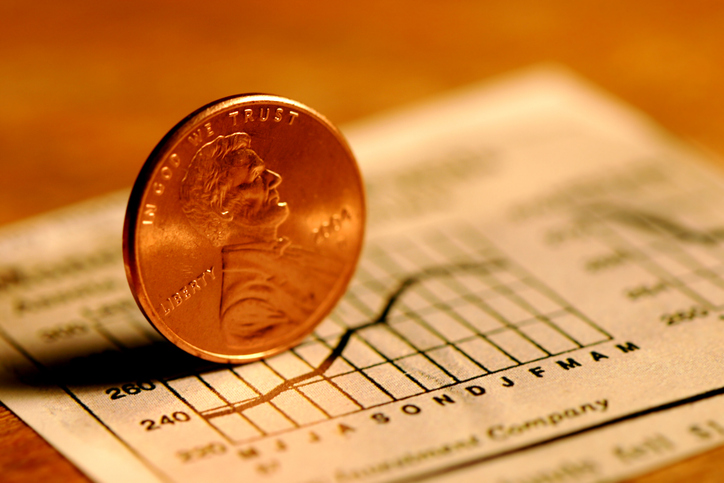 Got $100 to Gamble? These Penny Stocks Could Be Worth the Ride
Got $100 to Gamble? These Penny Stocks Could Be Worth the RideVolatile penny stocks are high-risk plays with potentially high rewards. If you have $100 you can afford to lose, these three names are worth a look.
